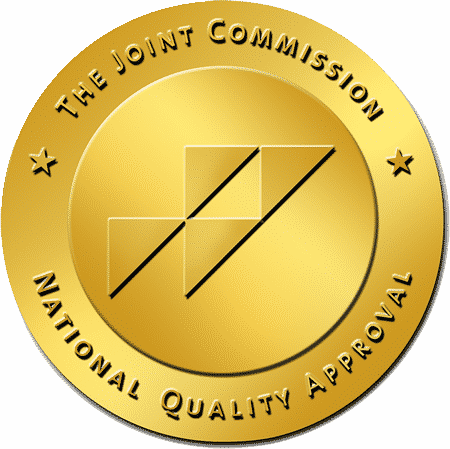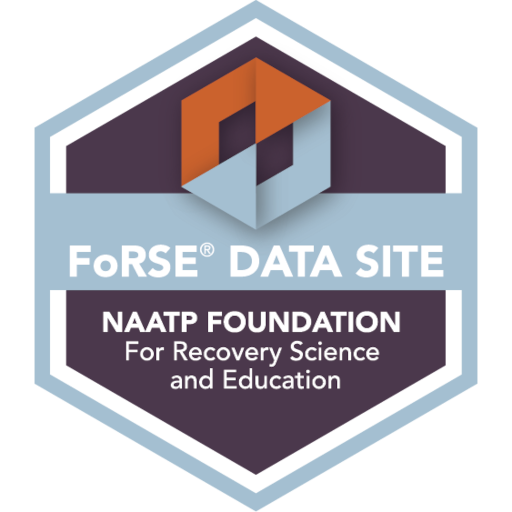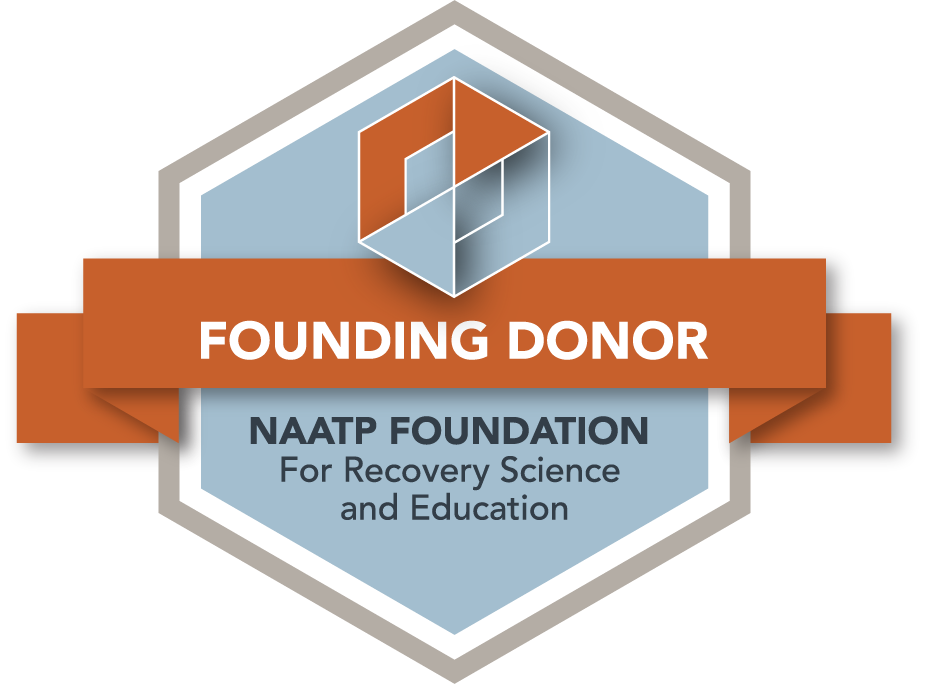What are Bath Salts?
Synthetic cathinones (bath salts) are manufactured stimulants chemically like cathinone, an element found naturally in the khat shrub grown in southern Arabia and East Africa, where residents chew the kaht leaves for their mild stimulant effects.
Common lab-made cathinones include methylone, 3,4-methylenedioxypyrovalerone (MDPV), and mephedrone. These lab-made cathinones can cause harmful effects and be much more potent than the plant product.
Chemically, cathinones are similar to amphetamines such as MDMA (Molly or Ecstasy) and methamphetamine.
Sold as a Substitute for Cocaine
Lab-made cathinones are sold as inexpensive substitutes for cocaine and amphetamines, but they can be much stronger and sometimes dangerous to the user.
Bath salts can be dangerous and are often labeled “not for human consumption.” The Substance Abuse and Mental Health Services Administration warns against ingesting synthetic cathinones.
Although the use of synthetic cathinones has dropped significantly in recent years, the drug remains highly accessible to young adults and adolescents.
‘Plant Food’ and Other Street Names
Street names for bath salts include Drone, Ivory Wave, Bliss, Blue Silk, Ocean Burst, Cloud Nine, Energy-1, Lunar Wave, Pure Ivory, Red Dove, Meow Meow, Meph, Purple Wave, Snow Leopard, Stardust, White Knight, Wave Vanilla Sky, White Dove, and White Lightning,
According to the National Institute on Drug Abuse, bath salts may also be labeled as:
- Jewelry Cleaner
- Plant Food
- Phone Screen Cleaner
Effects of Bath Salts

Because bath salts are similar to amphetamines, they have many of the same effects as that group of other drugs. They can cause respiratory distress, seizures, and cardiovascular collapse, and are highly addictive. People with cardiovascular disease are especially at risk with synthetic cathinones. The effects of bath salts can last for days or even weeks.
Other effects can include
- Hallucinations
- Agitation
- Paranoia
- Psychotic behavior
- Breakdown of skeletal muscle tissue
- Chest pain
- High blood pressure
- Increased pulse
- Suicidal thinking/behavior
Are Bath Salts Addictive?
Yes, like many other drugs, bath salts may become addictive. Bath salts are a type of drug that is often abused by people who want to get high. They are often used as a substitute for other drugs and can be found in different forms, such as powder, crystals, or capsules.
The effects of bath salts vary depending on the form they are in and the person taking them. Some may experience euphoria while others feel nothing at all.
Drug makers will keep creating new combinations and the drugs marketed will contain different ingredients. This is because they are often made at home and in illicit labs.
Drug Enforcement Administration Restricts Bath Salts Ingredient
The Drug Enforcement Administration (DEA) has placed methylone, a psychoactive drug present in bath salts and a powerful stimulant into its Schedule I of highly restricted drugs with no accepted medical use within the US.
Signs of Bath Salt Drug Abuse
The signs of bath salt drug abuse may include:
- Paranoia
- Hallucinations
- Psychosis
- Aggressive behavior
- Panic attacks
- Insomnia
Bath Salts Withdrawal
Because of their addictive properties, the use of bath salts can lead to dependence. Once the body develops a dependence, the risk for withdrawal, the process in which the body craves the drug it no longer has. This leads to adverse affects and uncomfortable symptoms.
The withdrawal from bath salts can be very difficult for some people to handle. There are many different symptoms that you may experience, such as depression, anxiety, fatigue, and paranoia.
A skilled, supportive drug addiction professional can help persons dealing with bath salts withdrawal.
Overdosing on Bath Salts
In the case of an overdose of bath salts, a person may experience a sudden rise in body temperature, violent behavior, and increased heart rate. Seizures, heart attack, and stroke are also possible.
An overdose can also cause extreme dehydration and kidney failure, which can lead to death. The recovery process for such a person can take months or even years, depending on the severity of the symptoms.
A bath salts overdose can be life-threatening. A user will likely need hospitalization and treatment for life-threatening symptoms. In severe cases, a patient may require psychiatric treatment. A person who has abused bath salts may need detoxification.
Addiction Treatment at La Hacienda
La Hacienda Treatment Center continues to set the standard in professional residential care facilities for alcohol and drug rehabilitation. For 50 years, individuals and families seeking to improve their quality of life have come to our serene campus to heal and join the growing number of those who have successfully left their addictions behind.
La Hacienda is one of the leading privately-owned drug and alcohol rehab centers in the state of Texas and is ideal for those desiring to escape the bustling city while working toward a full and lasting recovery from addictions and addictive behavior.
For more information or to begin admission, phone (800) 749-6160 and talk with one of our helpful admission specialists.
Synthetic Cathinones (Bath Salts)
Synthetic cathinones are a class of psychoactive drugs that are chemically similar to amphetamines. Synthetic cathinones are part of a group of drugs that concern public health officials called new psychoactive substances (NPS). They are derived from the khat plant.
They have been used as recreational drugs because they produce a fast-acting high similar to amphetamines. Synthetic stimulants can be sold online, in convenience stores, in gas stations, in smoke shops and “head shops” under various brand names. They resemble Epsom salts and are labeled “Not for human consumption.”
The name “synthetic cathinone” is misleading because they are not always synthesized artificially. Some of the bath salts drug components are found in nature, like cathinone, the active ingredient in khat leaves that is also chemically related to amphetamines.

Flakka
Flakka is a stimulant that is chemically related to amphetamine-type drugs. It was first manufactured in laboratories in the United States and sold on the streets as designer drugs. Flakka can be snorted, smoked, or injected. The side effects of flakka include agitation, paranoia, hallucinations, and suicidal thoughts. It has been linked to many overdose deaths in the United States.
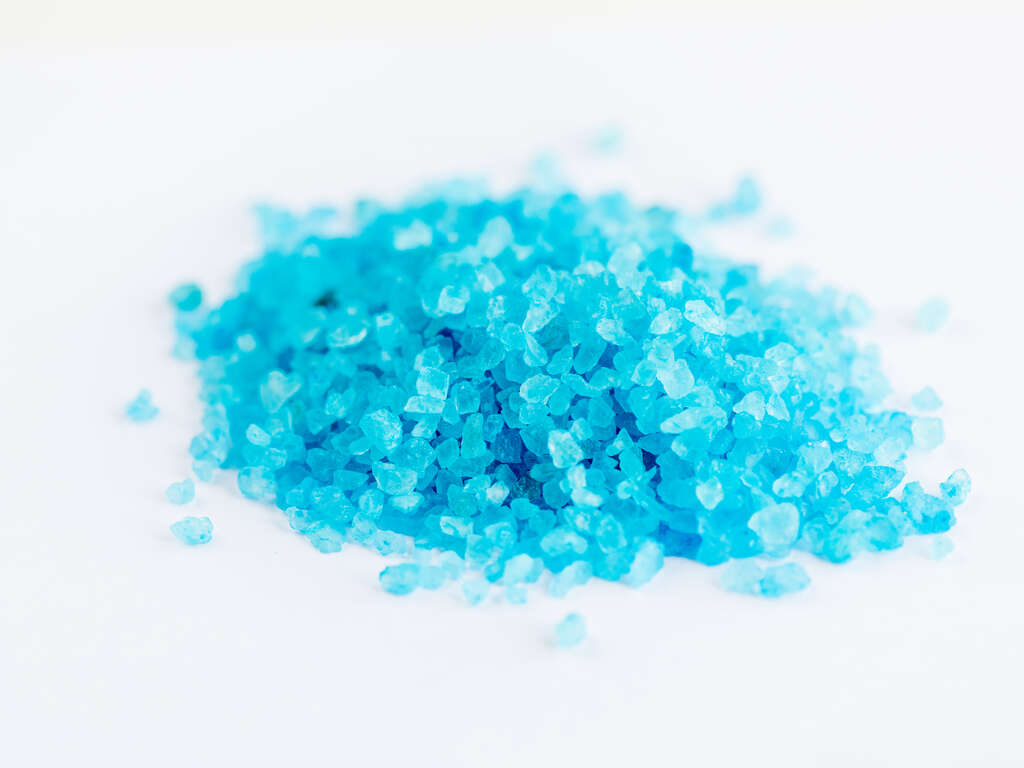
What is the Drug Ice?
The drug ice, also known as crystal methamphetamine, is a powerful stimulant drug. It is typically made from a combination of ephedrine or pseudoephedrine and the chemical phenylacetone. It can be snorted, smoked, or injected.
The Drug Ice gives a feeling of euphoria and enhances alertness, concentration, and energy levels. It can also make the user feel more confident and less anxious. It is highly addictive due to its short-term effects on dopamine levels in the brain. It has been linked with increased rates of depression and suicide among users.
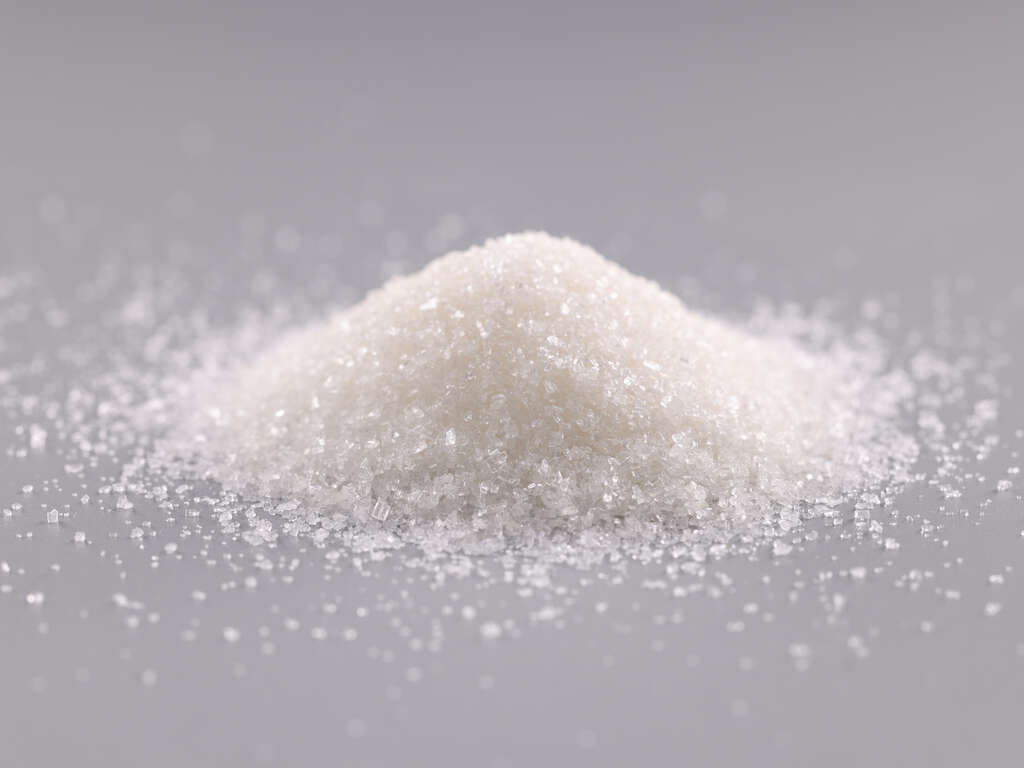
Kratom
Kratom is a plant that grows in Southeast Asia. It is used for the treatment of chronic pain, anxiety, depression, and addiction. It belongs to the coffee family and has been used for centuries by people in Thailand, Indonesia, and Malaysia as an herbal drug.
The leaf of kratom can be chewed fresh or dried and smoked or it can be boiled into a tea. The side effects of kratom are not well known but it is known to cause increased urination at high doses.
